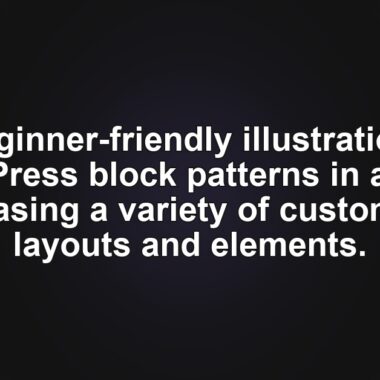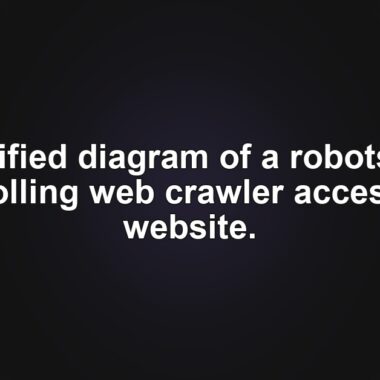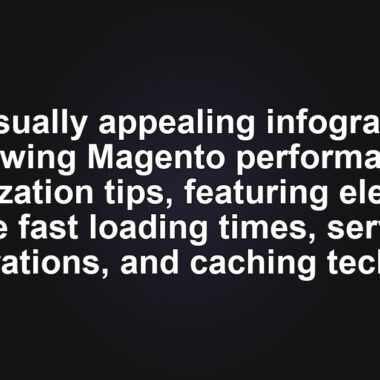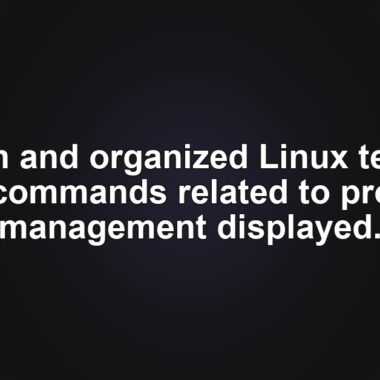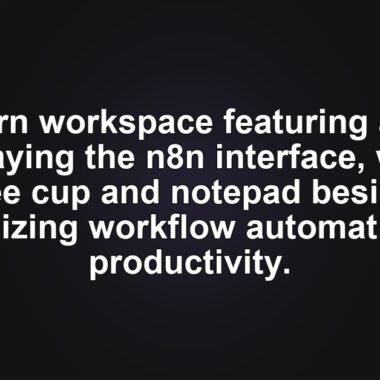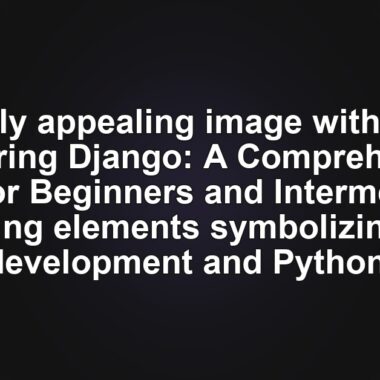![]()
Mastering jQuery: An Essential Guide for Web Developers
As a web developer, understanding what jQuery is and how to use it can significantly enhance your coding workflow. This versatile JavaScript library can save you both time and energy.
Understanding jQuery and Its Role in Web Development
jQuery is a powerful, open-source JavaScript library designed to simplify HTML DOM tree traversal and manipulation, event handling, and CSS animation. It enables developers to write less code and achieve more functionality, making it a favorite among web developers.
What Is a JavaScript Library and Its Importance?
A JavaScript library is a collection of pre-written JavaScript that allows for easier development of JavaScript-based applications, especially for AJAX and other web-centric technologies. Libraries like jQuery and React simplify complex programming tasks and enable a more efficient workflow, particularly in web development. jQuery, specifically, is known for its ease of use, cross-browser compatibility, and extensive plugin ecosystem.
Advantages and Disadvantages of jQuery
While jQuery offers numerous benefits, it’s essential to understand both its strengths and potential downsides.
Advantages of Using jQuery
- Event Handling: jQuery simplifies event handling, allowing developers to create complex interactions with minimal code. Events like clicks or form submissions become straightforward to implement.
- DOM Manipulation: With jQuery, modifying HTML elements via the DOM is intuitive and efficient. Methods for adding, editing, or removing elements are streamlined.
- AJAX Support: jQuery’s AJAX capabilities facilitate the development of responsive web applications that update dynamically without reloading the page.
- Animation Effects: Built-in animation effects and the ability to create custom animations make jQuery a versatile tool for enhancing user interfaces.
- Cross-Browser Compatibility: jQuery ensures that your code works across different browsers, reducing compatibility issues.
Disadvantages of jQuery
- File Size: jQuery, while lightweight, can become burdensome as its library grows, impacting load times.
- Abstraction Complexity: The abstraction layer can make it challenging for beginners to understand core JavaScript concepts.
- No Backward Compatibility: With multiple versions, maintaining backward compatibility can be difficult, requiring self-hosting of the library.
Exploring Key jQuery Features
jQuery offers a variety of functions that simplify web development. Here are some essential functions:
1. hide() Function
The hide() function allows you to hide HTML elements, effectively removing them from the display while retaining their presence in the DOM. It can be enhanced with parameters for animation effects.
2. show() Function
The show() function is used to display elements hidden by the hide() function, supporting animation parameters to create dynamic effects.
3. toggle() Function
The toggle() function toggles the visibility of elements based on their current state, allowing developers to create interactive elements with minimal effort.
4. fadeIn() and fadeOut() Functions
These functions adjust element opacity, creating smooth transitions for showing or hiding elements. They support speed and callback parameters for custom animations.
5. slideUp() and slideDown() Functions
These functions enable sliding animations to hide or reveal elements. They accept duration and easing parameters to control the animation’s behavior.
6. animate() Function
The animate() function allows for complex animations by modifying CSS properties over time. This function provides control over animation duration and easing effects.
Practical jQuery Examples
Here are some examples to illustrate jQuery’s capabilities:
$("#flip").click(function(){
$("#panel").slideDown();
});
$("#hide").click(function(){
$("p").hide();
});
$("#show").click(function(){
$("p").show();
});
$("button").click(function(){
$("div").animate({
left: '250px',
height: '+=150px',
width: '+=150px'
});
});
$("button").click(function(){
$("h1, h2, p").toggleClass("blue");
});These examples demonstrate how you can apply jQuery functions to manipulate HTML elements and create dynamic interactions.
Get Started with jQuery on Your Website
Ready to enhance your web projects with jQuery? Consider using Hostinger for reliable and efficient web hosting services. With Hostinger, you can seamlessly integrate jQuery and take your web development to the next level.
Conclusion
jQuery remains one of the most popular JavaScript libraries due to its versatility and ease of use. By mastering jQuery, you can streamline your development process and focus on creating more interactive and responsive web applications. We hope this guide has provided you with valuable insights into leveraging jQuery in your projects. Feel free to share your thoughts or questions in the comments section below.
Starter-Pack HTML
Jun 25, 2024
Jordana A.
4min Read
If you code with JavaScript, learning what is jQuery and how to use it can streamline your workflow. It can make your coding practices faster and more efficient, saving you energy and time.
This article will explain how to use jQuery in the web development environment as well as its benefits and essential features. We will also provide a list of short tutorials that will show jQuery being used to help you understand how it works.
Download glossary for web beginners
- What Is jQuery?
- What Is a JavaScript Library? How Is It Used in Web Development?
- Advantages and Disadvantages of jQuery
- Advantages
- Disadvantages
- Important jQuery Features
- 1. hide() Function
- 2. show() Function
- 3. toggle() Function
- 4. fadeIn() Function
- 5. fadeOut() Function
- 6. fadeToggle() Function
- 7. slideUp() Function
- 8. slideDown() Function
- 9. slideToggle() Function
- 10. animate() Function
- jQuery Examples
- Advantages
- Disadvantages
- 1. hide() Function
- 2. show() Function
- 3. toggle() Function
- 4. fadeIn() Function
- 5. fadeOut() Function
- 6. fadeToggle() Function
- 7. slideUp() Function
- 8. slideDown() Function
- 9. slideToggle() Function
- 10. animate() Function
👉 Start your website with Hostinger – get fast, secure hosting here 👈
🔗 Read more from MinimaDesk:
- How to Disable xmlrpc.php in WordPress: A Step-by-Step Guide
- The Ultimate Guide to WP-Content: Access, Upload, and Hide Your WordPress Directory
- How Many WordPress Plugins Are Too Many? Optimize Your Site for Success
- Mastering WordPress: Solving Broken Permalinks Effortlessly
🎁 Download free premium WordPress tools from our Starter Tools page.


